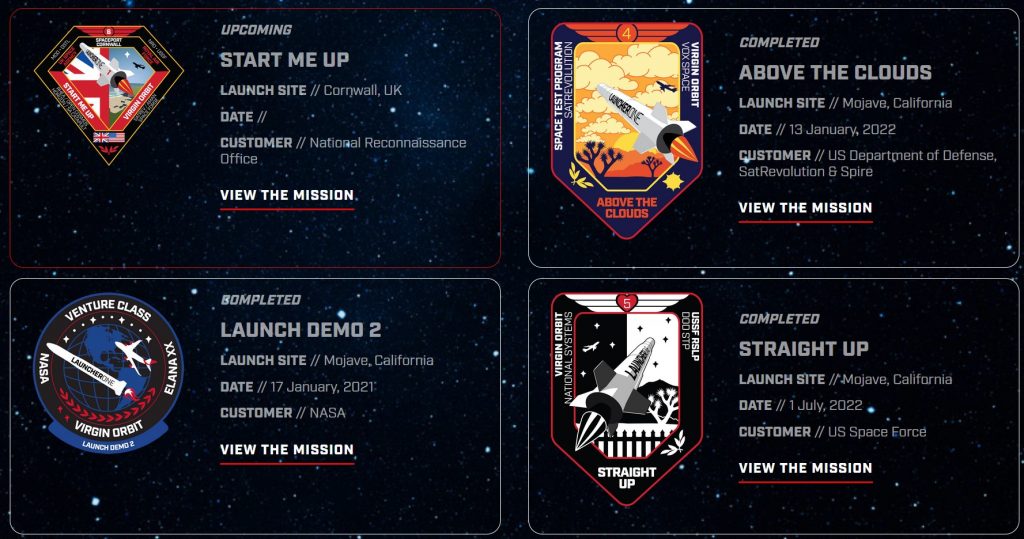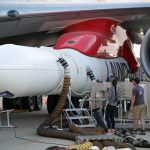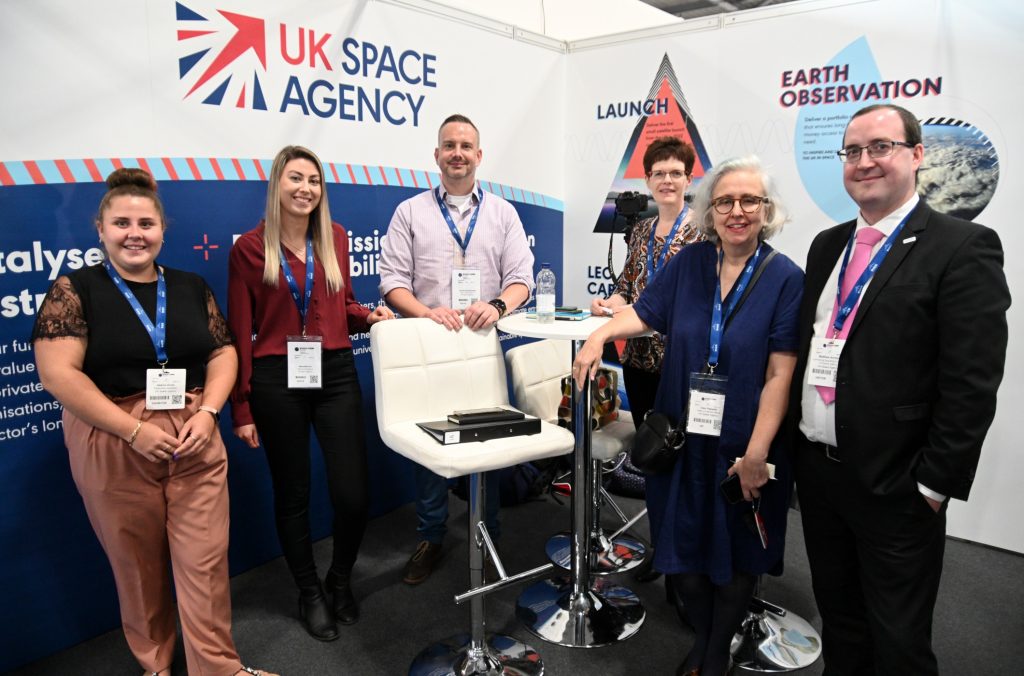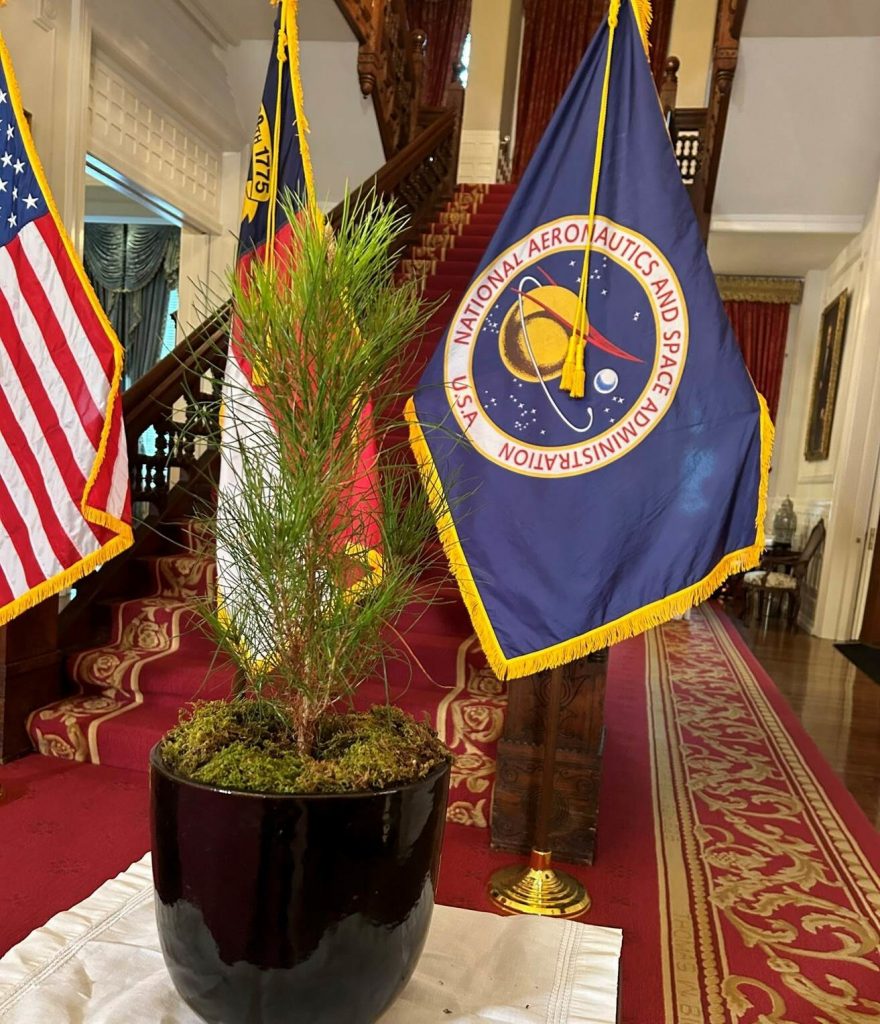An update from Virgin hopes to explain the anomaly which put hindrance to the mission of rockets from Cosmic Girl, the customized 747.
It sounds like something out of Star Trek movie, but it is worth remembering that attempts on first runs into space can come with failures just like when Elon Musk almost went bust until he was successful on a fourth attempt at SpaceX.
On Monday Cosmic Girl, the customized 747 that serves as the LauncherOne system’s carrier aircraft took off from the runway at Spaceport Cornwall – which had been transformed from a small commercial airport to the world’s newest space launch operations centre – and successfully travelled to the designated drop zone, and released the rocket.
The rocket ignited its engines, quickly going into hypersonic and even reaching space continuing the successful separation stage and ignition of the second stage travelling at a speed of more than 11,000 miles per hour, when the system experienced an anomaly, ending the mission prematurely.
Though the mission did not achieve its final orbit, by reaching space and achieving numerous significant first-time achievements, it represents an important step forward.
The mission terminated after reaching space but before achieving orbit as a result of the premature shutdown of the first burn of the second stage.
The Anomaly:
At an altitude of approximately 180 km the anomaly prematurely ended the first burn of the upper stage, and the rockets components and payload fell back to Earth. They fell within the approved safety corridor but without ever reaching into orbit.
Update on the Investigation and Next Steps
Extensive telemetry coverage for the flight allowed for the collection of an enormous quantity of data during the mission, allowing Virgin Orbit’s engineers and review board members to start their analysis immediately upon detection of the anomaly.
Virgin Orbit has initiated a formal investigation into the source of the second stage failure, to be led by Jim Sponnick (Co-Investigator), Chad Foerster (Principal Investigator), Virgin Orbit’s Chief Engineer and Vice President of Technology Development.
Dan Hart, CEO of Virgin Orbit, said: “We are all disappointed that we were not able to achieve full mission success and provide the launch service that our customers deserve. Upon identifying the anomaly, our team immediately moved into a pre-planned investigation mode. Given our four previous successful missions, which have proven our technology, our team’s deep understanding of the LauncherOne system from massive amounts of previously collected flight data, and the ample telemetry data that was collected characterizing the flight and the anomaly, I am confident that root cause and corrective actions will be determined in an efficient and timely manner. We are continuing to process and test our next vehicle per our plan and will implement any required modifications prior to our next launch.
“I also want to express my heartfelt appreciation to our team, who worked tirelessly under high pressure and difficult conditions, and most importantly to our customers, supporters, and partners in the UK, the US, and across the world. We thank you for the many expressions of confidence and support we have received over the past two days.”
Upcoming Virgin Orbit Missions










[…] this year, Virgin Orbit suffered another setback when its rocket failed to complete its first-ever satellite launch from UK soil. An attempt to send a satellite into orbit failed because of a dislodged rocket fuel filter, […]